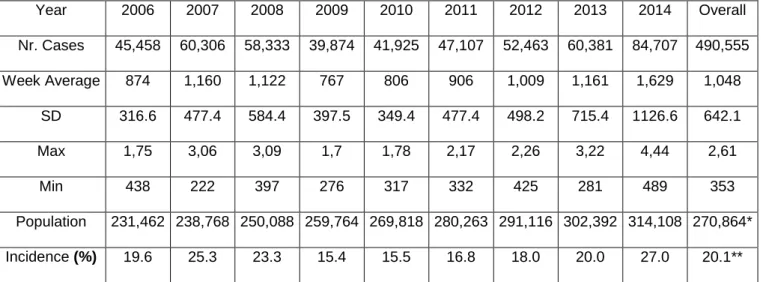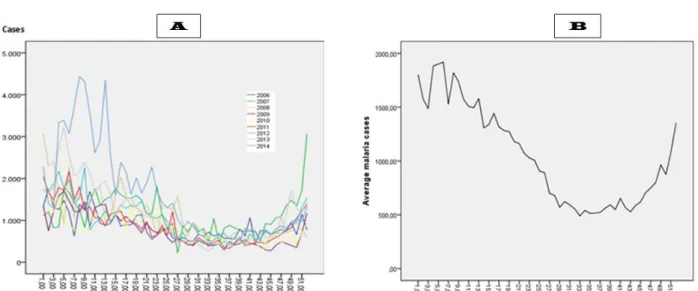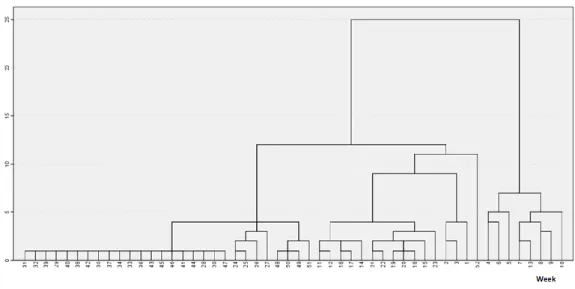Characterising, modelling and mapping malaria occurrence and its mortality trend for precision public health
Texto
Imagem




Documentos relacionados
A cross-sectional survey of 19 dairy sheep farms in Argentina was carried out with the purpose to know farm management, health practices, and occurrence and mortality of diseases..
The statistical analyses were carried out using Pearson correlation method, variance analysis, and Tukey test to the parametric variables (body weight, prostatic dimensions,
A time series analysis was carried out, describing the intrinsic parameters of the series (Seasonality and Trends), the forecast of NDVI values using SARIMA model and
Several studies were and are being carried out in an attempt to relate the biological characteristics of bladder cancer, its occurrence, histology and its severity
The author concludes that there were two interdependent challenges for malaria control: development of an ecosystem approach for malaria research and control, and the implementation
The objective of this study is to determine malaria mor- tality trends, characterize malaria mortality, describe its spatial distribution and variation in Chimoio, and verify
In the context of the Lee-Carter model, where the overall temporal pattern of mortality is well described by a time-varying index moderated by age-specific effects, the
The universal coverage LLINs campaign is a proven health intervention promoting increased access, ownership, and use of LLINs to reduce malaria morbidity and





